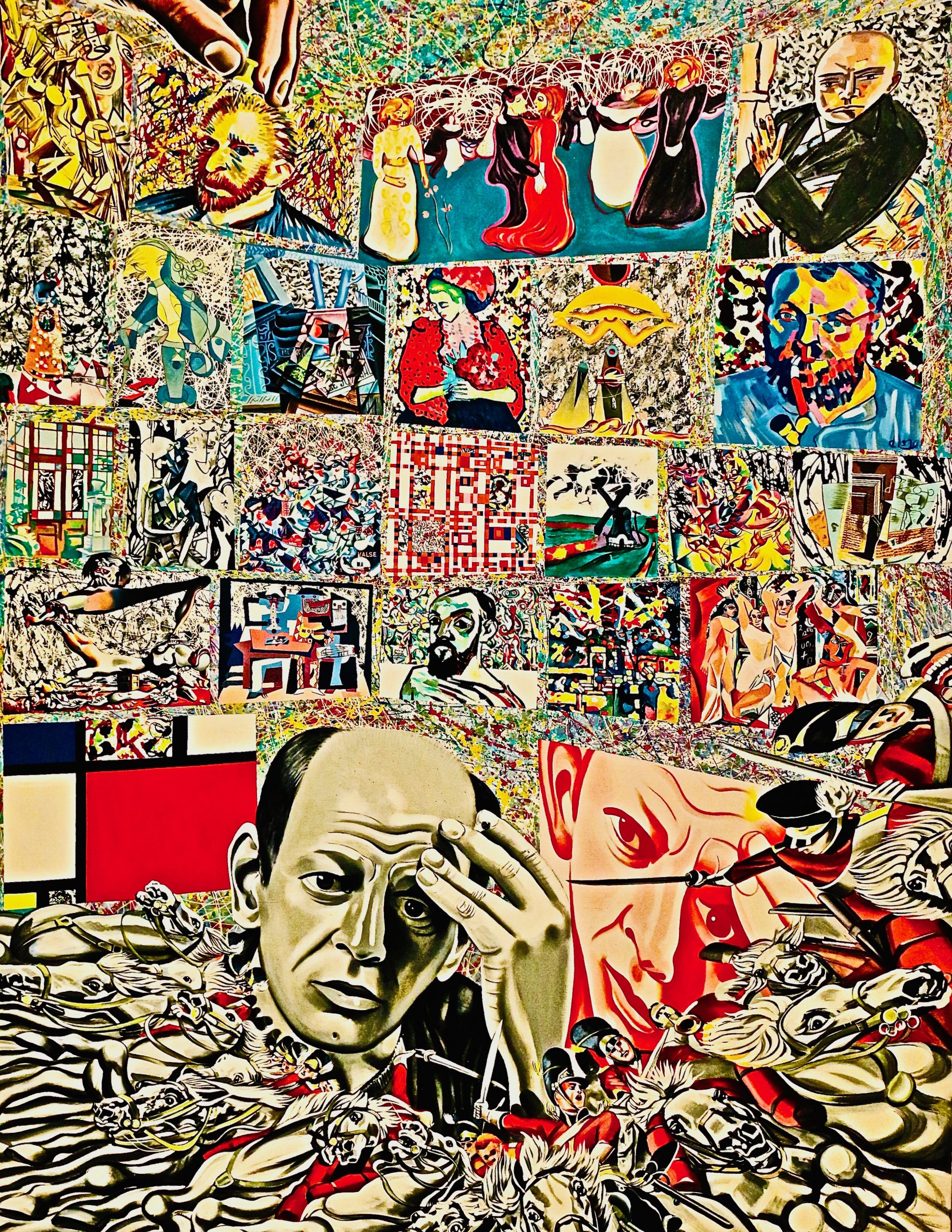Arteriovenöse Ulcera – Therapie mit VenaSeal
Arteriovenöse Ulcera – Patienten die unter einem gemischten arterio-venösen Ulcus cruris leiden, verweilen oft lange erfolglos in der Behandlung bei Haus- und Fachärzten. Oft bleiben monate- oder gar jahrelange Therapieversuche frustran für Arzt und Patient. Die Crux liegt leider auch heute noch in dem Kardinalsfehler, das die Wunde oft als rein äußerliches Problem gesehen wird, und eine Gefäßdiagnostik der Arterien und Venen erst am Ende der Diagnostikkette hängt.
Lange Zeit vergeht mit der konservativen Therapie mit diversen Salben, Wundauflagen etc. ohne die Grunderkrankungen, die zum Ulcus geführt haben, zu berücksichtigen.
Das spezifische Problem beim Ulcus mixtum besteht im Fehlen einer spontanen Heilungstendenz bzw. in den gegensätzlichen Therapieansätzen für den arteriellen Anteil der Erkrankung und den venösen Part.
Auch die Autoren sind mit diesem Paradigma der Gefäßchirurgie ausgebildet worden und haben dies jahrelang auch so praktiziert.
Mit der neuesten Veröffentlichung im HSOA Journal b rechen auch wir mit der fachlichen Tradition. Wir haben mit dem non thermalen, non tumescenten und non kompression System VenaSeal ein Therapieverfahren zur Verfügung, mit dem venöse Ursachen der arteriovenösen Ulcera vor oder zeitgleich zur Sanierung der Becken -/ Beinarterien therapiert werden können.
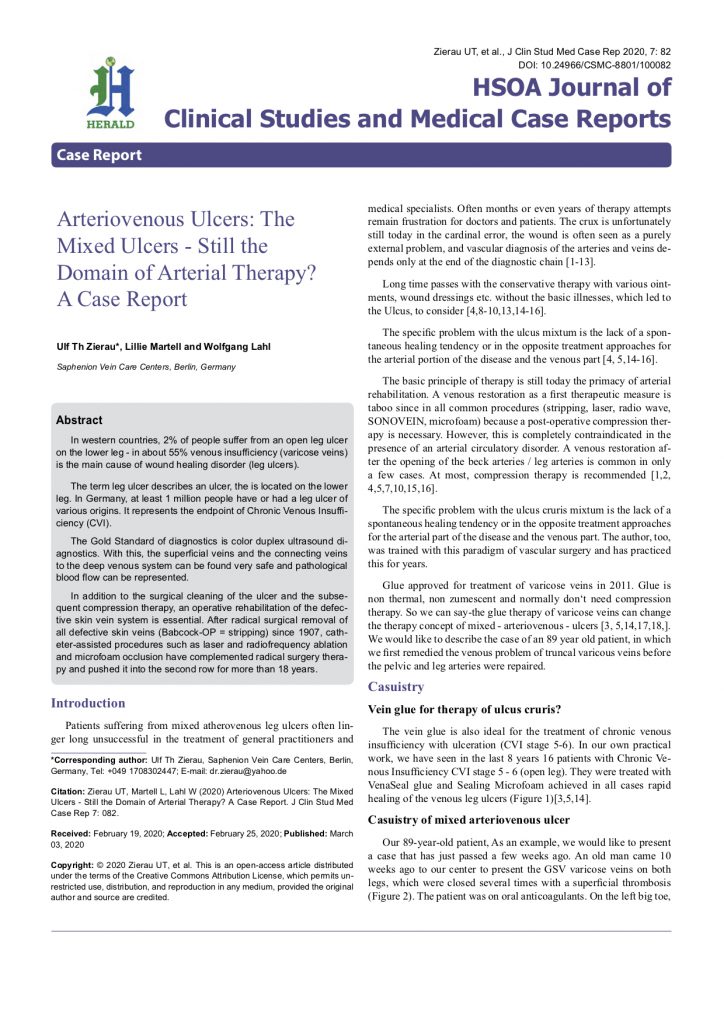
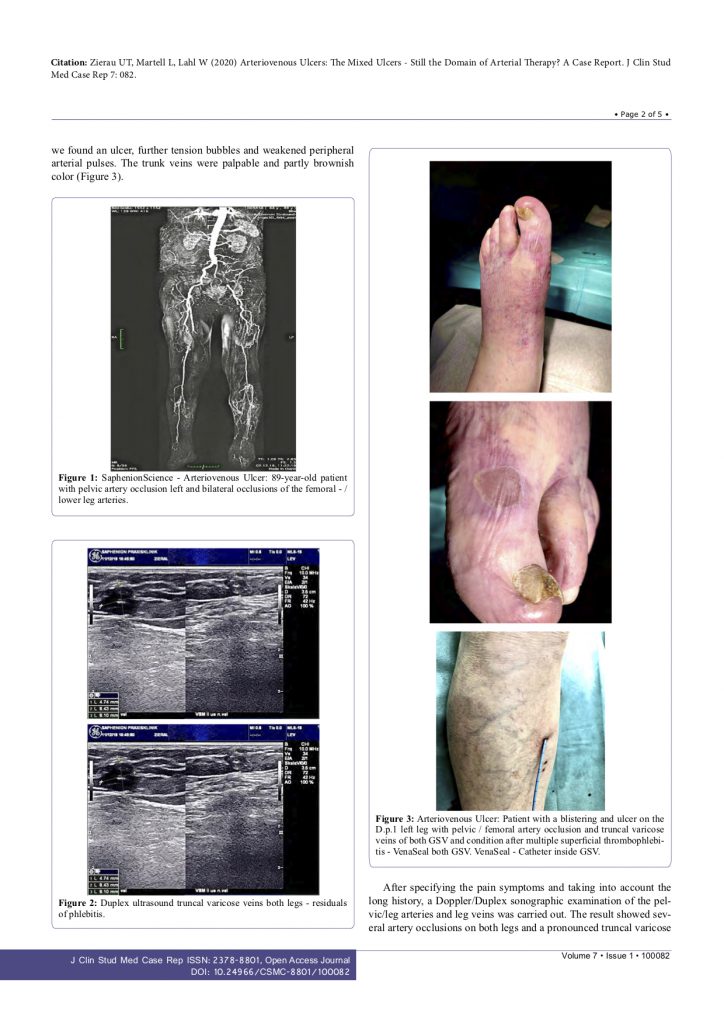
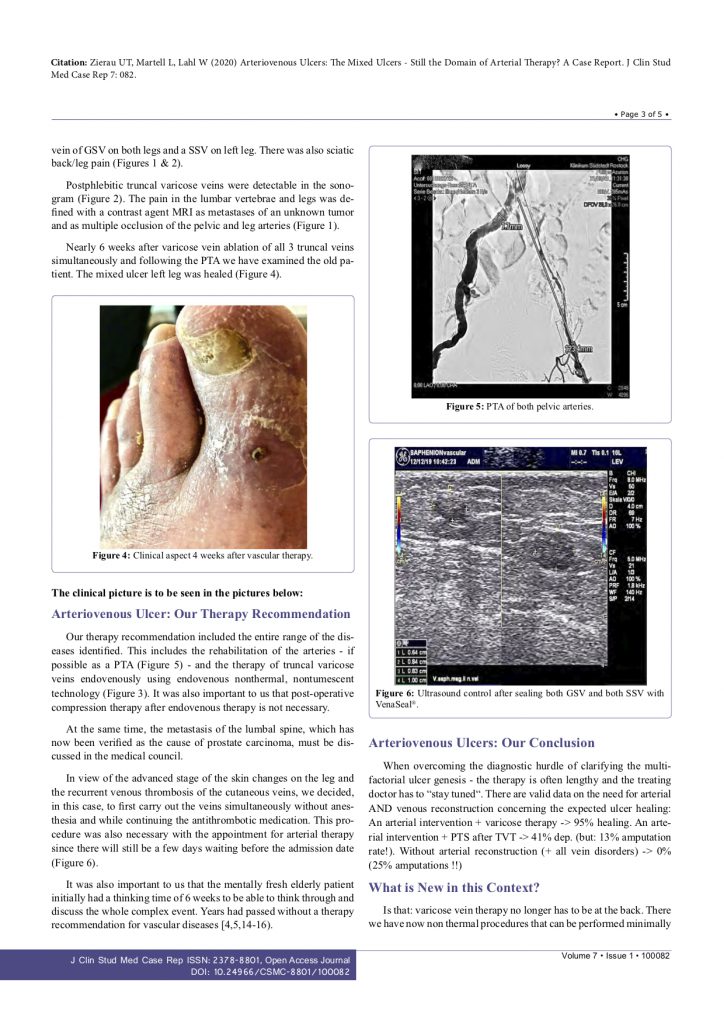
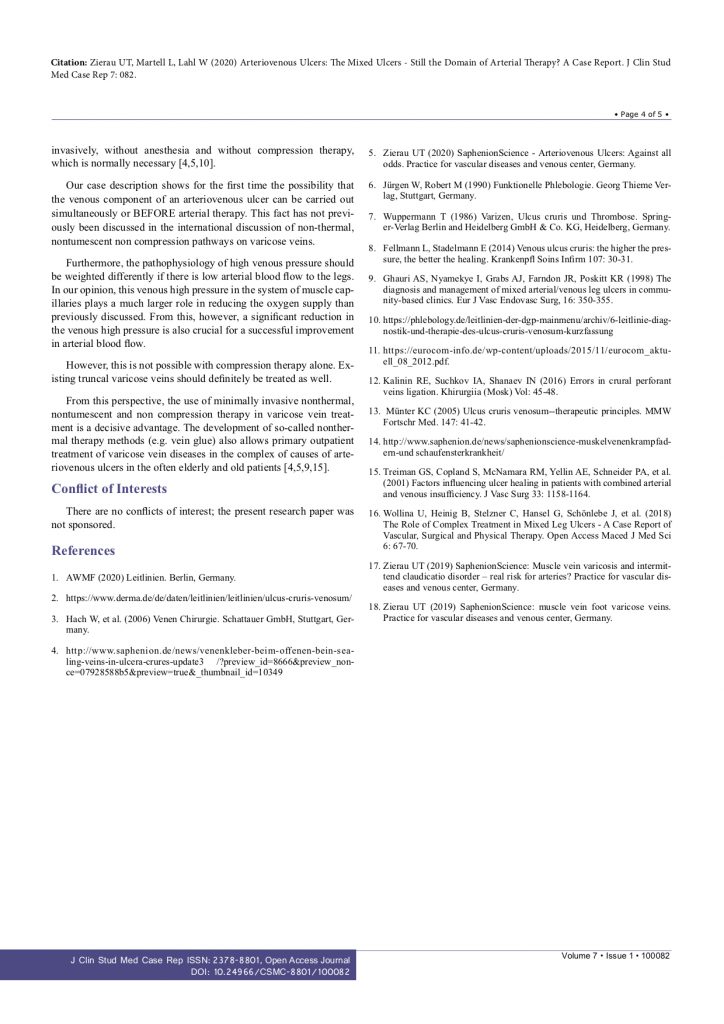
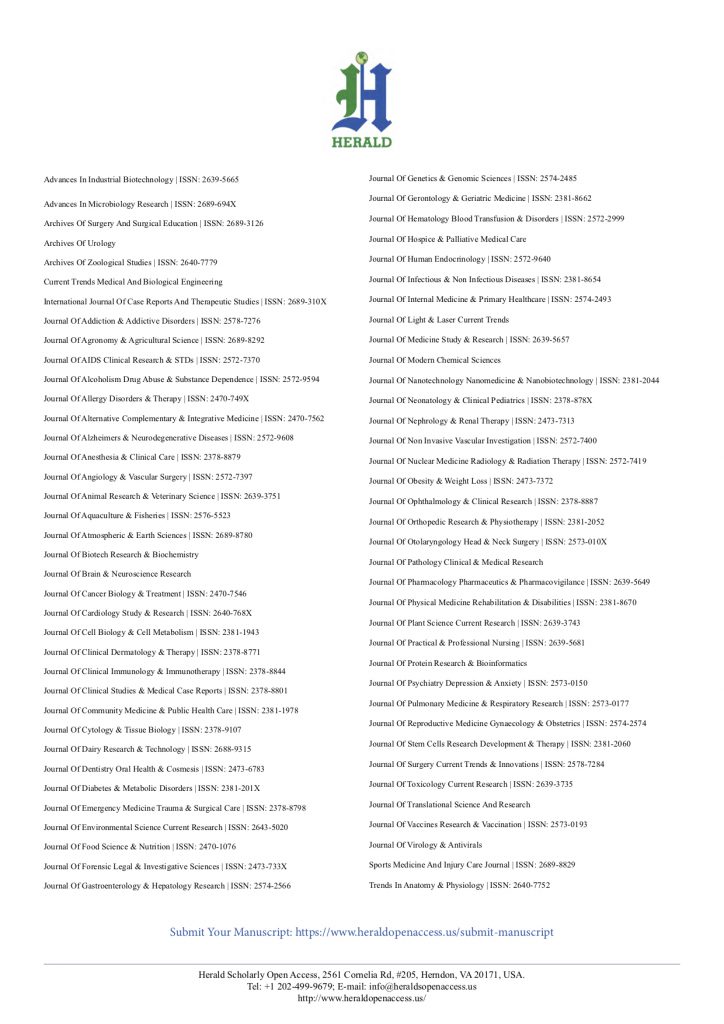
Arteriovenöse Ulcera – Arteriovenous Ulcers: What is the current therapy for the so-called ulcer mixtum?
Patients suffering from mixed atherosclerotic leg ulcers often linger long unsuccessful in the treatment of general practitioners and medical specialists. Often months or even years of therapy attempts remain frustration for doctors and patients. The crux is unfortunately still today in the cardinal error, the wound is often seen as a purely external problem, and vascular diagnosis of the arteries and veins depends only at the end of the diagnostic chain.
Long time passes with the conservative therapy with various ointments, wound dressings etc. without the basic illnesses, which led to the Ulcus, to consider.
The specific problem with the Ulcus mixtum is the lack of a spontaneous healing tendency or in the opposite treatment approaches for the arterial portion of the disease and the venous part.
The basic principle of therapy is still today the primacy of arterial rehabilitation. A venous restoration as a first therapeutic measure is taboo since in all common procedures (stripping, laser, radio wave, SONOVEIN, microfoam) a post-operative compression therapy is necessary. However, this is completely contraindicated in the presence of an arterial circulatory disorder. A venous restoration after the opening of the beck arteries / leg arteries is common in only a few cases. At most, compression therapy is recommended.
The specific problem with the Ulcus cruris mixtum is the lack of a spontaneous healing tendency or in the opposite treatment approaches for the arterial part of the disease and the venous part.
The author, too, was trained with this paradigm of vascular surgery and has practiced this for years.
With the latest publication in the HSOA Journal, we are breaking with the technical tradition. With the non-thermal, non-tumescent and non-compression system VenaSeal, we have a therapy available that can be used to treat venous causes of arteriovenous ulcers before or at the same time as the rehabilitation of the pelvic / leg arteries.

